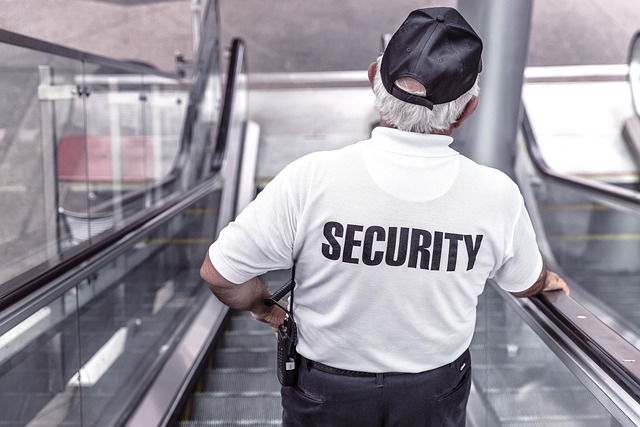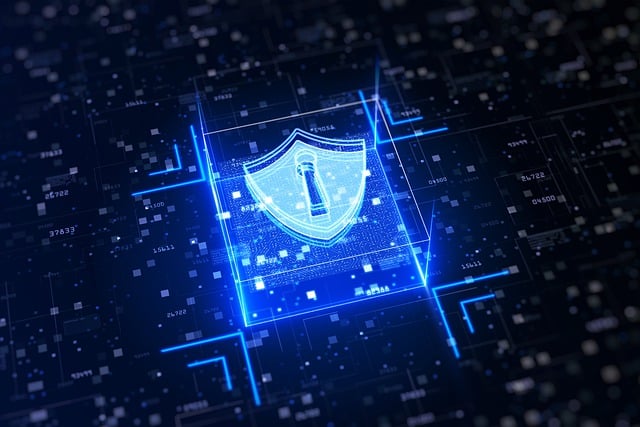Home security systems are critical for protecting residences against break-ins and providing a safe environment for families. Advanced home security innovations include motion detectors, high-definition surveillance cameras, and remote monitoring capabilities that allow homeowners to monitor their properties from anywhere. Integrating smart home technology further enhances these systems by enabling automated responses to security breaches, such as activating lights or sounding alarms. When selecting a system, it's important to assess your home's specific vulnerabilities, considering factors like entry points and visibility. Tailor your security solution to address these risks effectively. A balanced approach that combines sophisticated technology with user-friendliness is essential, featuring 24/7 monitoring, remote access, and loud alarms capable of automatically alerting authorities. Opt for a system from a reputable provider with strong customer support and an extensive warranty. Regular maintenance, updates, and professional assessments are crucial for maintaining the effectiveness of your home security system, ensuring it adapts to new threats and technological advancements, thus offering enduring protection and peace of mind for homeowners.
Securing your sanctuary is paramount in today’s world. This comprehensive guide delves into the critical aspects of home security systems, empowering you to safeguard your abode and loved ones against potential threats. We’ll navigate the importance of these systems, assess vulnerabilities for tailored protection, and offer a detailed installation process. From there, explore pivotal components that form a robust security setup, ensuring your home remains impregnable. Regular maintenance and updates are crucial for sustained defense—learn how to keep your security system at its peak efficiency. Embrace the peace of mind that comes with a reliable home security system.
- Understanding the Importance of Home Security Systems
- Assessing Your Home's Vulnerabilities and Choosing the Right System
- Step-by-Step Guide to Home Security System Installation
- Key Components of a Robust Home Security Setup
- Maintenance and Updating Your Home Security System for Optimal Protection
Understanding the Importance of Home Security Systems

In an era where home invasions and burglaries are on the rise, the importance of robust home security systems cannot be overstated. A well-installed home security system acts as a deterrent to potential intruders, significantly reducing the likelihood of a break-in. It’s not merely about safeguarding material possessions; it’s about protecting your family’s safety and peace of mind. With advancements in technology, modern home security systems offer an array of features including motion sensors, surveillance cameras, and remote monitoring capabilities that allow homeowners to keep a vigilant eye on their property from anywhere at any time. The integration of smart home technology further enhances these systems, enabling automated responses to security breaches, such as activating lights or alerting authorities. Investing in a home security system is a proactive step towards creating a safer living environment, deterring crime, and ensuring that your home remains a sanctuary for those you cherish most.
Assessing Your Home's Vulnerabilities and Choosing the Right System

When considering the installation of a security system to protect your home and family, it’s crucial to first assess your property’s vulnerabilities. A thorough evaluation should include an inspection of entry points, landscaping that might obscure visibility, and any previous security measures that were in place. Identifying potential weak spots will help tailor the security system to address these specific risks effectively. For instance, if your home is situated in a high-traffic neighborhood, motion detectors and surveillance cameras would be prudent additions to your security arsenal. Similarly, if you have valuable assets or items of sentimental value, consider a more robust system with advanced sensors that can detect tampering.
Choosing the right home security system involves a balance between technology and user-friendliness. Opt for systems that offer a range of features, including 24/7 monitoring services, remote access via smartphones or computers, and alarms that are both audible and capable of alerting authorities. Additionally, ensure the system is scalable to accommodate future upgrades or expansions should your home security needs change over time. It’s also wise to select a system with a reputable provider that offers reliable customer support and comprehensive warranty coverage. By combining a tailored assessment of your home’s vulnerabilities with a carefully chosen security system, you can significantly enhance the safety and security of your living environment.
Step-by-Step Guide to Home Security System Installation

When securing your home and family, a comprehensive security system installation is paramount. Begin by assessing your property to determine the best locations for sensors, cameras, and alarm units. Choose high-quality equipment that aligns with your specific needs and budget. Most systems include door and window sensors, motion detectors, security cameras, and a central control panel. Installation typically involves mounting sensors on points of entry and placing cameras in strategic positions for optimal coverage. Connect each component to the main control panel, ensuring they are within the system’s wireless range if opting for a wireless setup.
Follow the manufacturer’s instructions closely; these often come with diagrams and step-by-step guides. For wired systems, you’ll need to run wires discreetly, often behind walls or along baseboards, connecting each component to the main panel. Use waterproof tape for outdoor sensors and cameras to protect them from the elements. Once all hardware is in place, power the system and test each component individually. Verify that the siren sounds, the alarms activate, and the sensors detect movement as expected. After initial setup, program your system, including setting up user codes, arming/disarming preferences, and any automation features if available. Regularly test your security system to ensure it functions correctly and adjust settings as needed to enhance your home’s protection. Home Security systems can act as a deterrent to potential intruders and provide peace of mind for homeowners.
Key Components of a Robust Home Security Setup

A robust home security setup is composed of several key components that work in unison to protect your home and family. Central to this system is the control panel, which serves as the command center for arming and disarming the system, and often includes a touchscreen interface for easy interaction. This panel connects to various sensors that are strategically placed throughout the residence. These include door and window sensors that alert you to unauthorized openings, motion detectors that can distinguish between pets and intruders, glass-break sensors that activate upon the sound of breaking glass, and environmental sensors for detecting carbon monoxide, smoke, floods, or extreme temperatures. Each sensor feeds data back to the central control panel, which can also be monitored remotely via a smartphone app or through a professional monitoring service. Additionally, security cameras, both indoor and outdoor, play a critical role in providing real-time video surveillance, allowing homeowners to visually monitor their property from anywhere at any time. The integration of these components into a comprehensive home security system not only deters potential intruders but also ensures an early warning against environmental hazards that could endanger your home and loved ones.
Maintenance and Updating Your Home Security System for Optimal Protection

Regular maintenance and timely updates are critical components in ensuring your home security system remains effective in protecting your family and safeguarding your property. A well-maintained system is less prone to malfunctions, which can leave your home vulnerable. Schedule routine checks with a professional security service provider to assess your system’s integrity, test its sensors and alarms, and ensure all hardware components are functioning optimally. This includes inspecting door and window contacts, motion detectors, cameras, and the control panel itself.
In addition to regular maintenance, it’s essential to keep your system updated with the latest security software and firmware updates. These updates often address security vulnerabilities, enhance performance, and integrate new features that can further improve your home’s defenses against intruders. Homeowners should also stay informed about advancements in security technology and consider upgrading their systems to incorporate smart home features that can provide additional layers of protection. By doing so, you not only fortify your home’s security system but also adapt to the evolving landscape of potential threats, ensuring peace of mind for you and your loved ones.
In conclusion, safeguarding your home and family is paramount in today’s world. A well-designed security system serves as a deterrent against intruders, offering peace of mind that your loved ones and belongings are protected. By carefully assessing your home’s specific vulnerabilities and selecting the most suitable system to address those risks, you lay a foundation for robust home security. The installation process, detailed in our guide, ensures that each component is correctly positioned for optimal performance. Regular maintenance and updates to your system keep it ahead of evolving security threats. Investing in home security isn’t just about the technology; it’s about the confidence and safety it provides. With these steps, you fortify your living space against potential harm, creating a secure environment that allows you and your family to thrive without undue worry.
